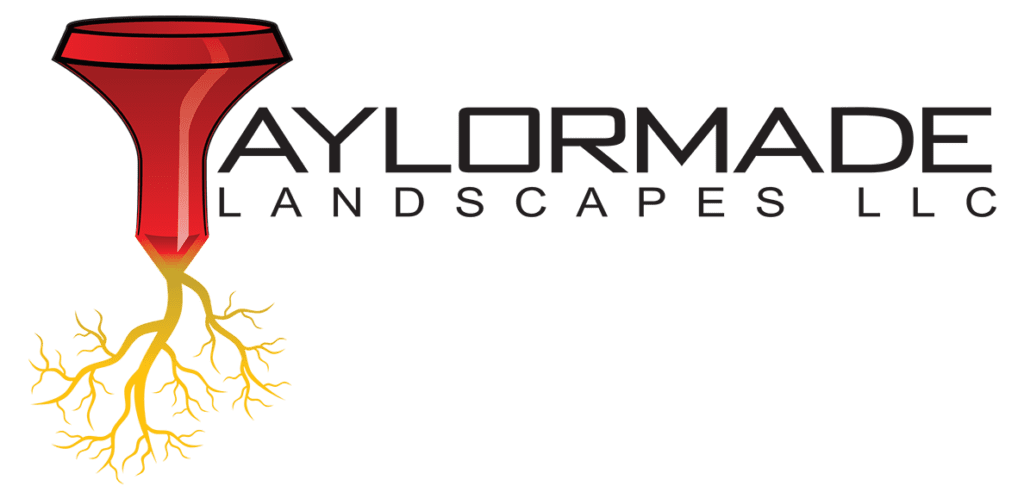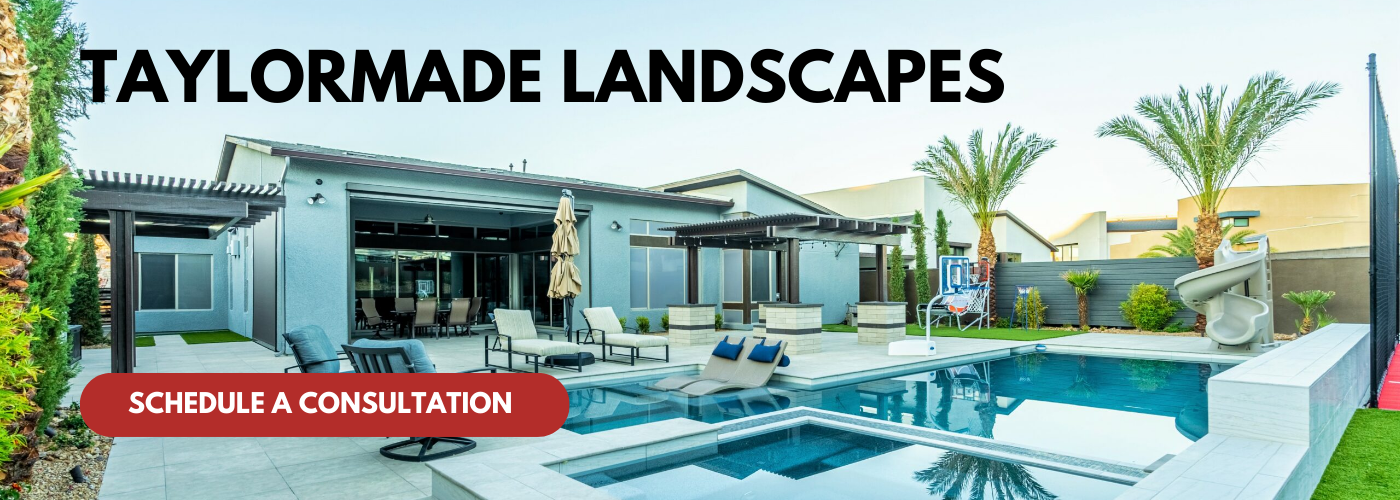As we advance into 2025, the realm of commercial landscaping is undergoing a notable transformation, with hardscape elements taking center stage in the design and development of outdoor environments. Hardscape refers to the non-plant components of a landscape, including pathways, patios, walls, and other structural elements. In an era marked by sustainable practices, aesthetic innovation, and the necessity for multifunctional spaces, understanding the nuances of hardscape design in commercial settings is crucial for businesses looking to enhance their exterior spaces.
In commercially driven landscapes, hardscaping serves not only as a means of beautification but also as a functional component that can significantly impact visitor experience, traffic flow, and environmental sustainability. Today’s commercial properties are increasingly recognizing the importance of blending these hard elements with softscapes—such as trees, shrubs, and grass—to create harmonious and inviting environments. The careful integration of hardscape features can lead to increased foot traffic, improved customer engagement, and greater overall satisfaction among patrons and employees alike.
Moreover, in 2025, there is a heightened focus on incorporating sustainable materials, such as permeable pavers and recycled content, reflecting a growing awareness of environmental stewardship within the commercial sector. Additionally, technological advancements are paving the way for innovative designs and features, such as interactive installations and smart hardscapes that enhance user experiences. This article aims to provide a comprehensive overview of essential considerations, trends, and best practices surrounding hardscape in commercial landscapes in 2025, helping businesses navigate this dynamic field effectively and responsibly. Whether you’re a business owner, landscape designer, or property manager, grasping the importance of hardscape will not only enrich your knowledge but also empower you to make informed decisions that align with contemporary design ideals and environmental consciousness.
Sustainable Materials and Practices
In 2025, the emphasis on sustainable materials and practices in commercial landscapes, particularly in hardscaping, has become more pronounced. As environmental concerns continue to rise, businesses and landscape designers are increasingly prioritizing eco-friendly materials that minimize carbon footprints and promote biodiversity. This shift has led to the use of recycled materials, such as reclaimed wood or recycled concrete, in the creation of hardscapes. Not only do these materials reduce waste, but they also offer unique aesthetic qualities that can enhance the visual appeal of commercial spaces.
Furthermore, sustainable practices are not just limited to the materials used; they also encompass the methods by which hardscapes are installed and maintained. In 2025, many landscape architects are adopting construction techniques that reduce soil compaction and promote drainage, mitigating the risk of flooding and ensuring that natural ecosystems are preserved. Incorporating permeable paving options fosters groundwater replenishment and reduces urban heat islands, making hardscapes not only functional but also environmentally beneficial. This approach aligns with wider ecological objectives and reinforces a brand’s commitment to sustainability.
Business owners are also recognizing the economic advantages of sustainable hardscaping. While the upfront costs may be higher for certain eco-friendly materials, the long-term economic benefits, including reduced maintenance costs and improved property value, make these investments worthwhile. Additionally, having an environmentally conscious landscape can enhance a company’s image, attracting clients and consumers who prioritize sustainability. As we move through 2025, it is clear that sustainable materials and practices in hardscaping form not merely a trend but a fundamental aspect of responsible commercial landscape design.
Technology Integration in Hardscape Design
As we move into 2025, the integration of technology in hardscape design is becoming a critical focal point for commercial landscapes. This evolution reflects not just advancements in design capabilities, but also a shift towards smarter, more sustainable operational practices. In this digital age, various technological tools—ranging from computer-aided design (CAD) software to augmented reality (AR)—are helping landscape architects and designers visualize and refine their hardscape projects in innovative ways. This not only enhances the planning process but also allows for a more interactive experience for clients, who can observe the design come to life before it is executed.
One significant aspect of technology integration is the use of smart materials and surfaces. For instance, self-heating pavements or light-reflective surfaces can adjust their properties based on environmental conditions, thus improving safety and comfort in commercial settings. These materials can also play a crucial role in energy conservation, helping landscapes to remain functional and appealing without incurring significant energy costs. Moreover, the integration of sensors and IoT (Internet of Things) devices in hardscapes is on the rise; these can monitor usage patterns, weather conditions, and maintenance needs, allowing for more efficient management of outdoor areas.
Additionally, drone technology is increasingly utilized for site analysis and monitoring during the construction phase and afterward. This can greatly enhance precision in implementation and provides valuable data for maintenance purposes, ensuring that the hardscape continues to function as intended long after its completion. As the benefits of such technological integration become more apparent, businesses are likely to invest heavily in these advanced methods, thereby improving not just aesthetics and functionality but also sustainability in their outdoor spaces.
In a rapidly evolving landscape, understanding the implications of technology in hardscape design is crucial for commercial property owners and managers. They must stay informed about the latest advancements to integrate into their designs, ensuring that their landscapes meet both contemporary demands and future challenges. By doing so, they can create spaces that are not only visually appealing but also effectively serve the needs of businesses and the community while supporting environmental goals.
Resilient Infrastructure for Climate Adaptation
As we move into 2025, the importance of resilient infrastructure in hardscape design cannot be overstated, particularly in commercial landscapes. Climate change has intensified the need for structures that can withstand extreme weather conditions, such as heavy rainfall, flooding, and prolonged dry spells. Businesses are increasingly recognizing the value of designing hardscapes that can endure these challenges while maintaining functionality and aesthetic appeal. This resilience not only safeguards investments in the property but also enhances the longevity of outdoor areas used for various commercial purposes such as retail outlets, restaurants, and corporate parks.
In developing resilient hardscapes, designers and landscape architects are likely to focus on materials and techniques that address specific vulnerabilities associated with climate change. Permeable pavements, for instance, have gained traction as they allow water to infiltrate and manage stormwater more effectively, reducing the risk of flooding and runoff. Furthermore, integrating features such as bioswales and rain gardens into the hardscape can assist with drainage and enhance the sustainability of the landscape. By using innovative materials that can expand, contract, and withstand environmental stressors, the overall durability of the infrastructure improves significantly, thereby reducing maintenance costs over time.
Moreover, creating resilient commercial landscapes may also involve strategic site planning to optimize exposure to natural elements like sunlight and wind for energy efficiency while incorporating shade trees and green walls to mitigate heat. Business owners increasingly understand that a well-designed, climate-adaptive hardscape can serve as a crucial component of their sustainability strategy, potentially earning them favorable tax incentives or green certifications. By prioritizing resilient infrastructure, commercial properties not only contribute positively to their surrounding environment but also position themselves as forward-thinking entities prepared to meet the demands of an ever-changing climate landscape.
Aesthetic Trends in Commercial Hardscaping
In 2025, aesthetic trends in commercial hardscaping are expected to reflect a blend of functionality and visual appeal, as commercial spaces strive to create inviting atmospheres that encourage both foot traffic and community engagement. One prominent trend is the increased use of natural materials such as stone, wood, and glass, which not only contribute to an organic look but also enhance the overall sustainability of the landscape design. By incorporating these materials, commercial properties can convey a sense of authenticity and connection to nature, which resonates with contemporary consumer values.
Another trend is the integration of vibrant colors and innovative patterns into hardscape elements. Designers are moving away from uniformity and instead embracing dynamic designs that incorporate intricate paving patterns, artistic seating arrangements, and decorative walls. Such features not only serve a practical purpose but also invite creativity and individuality into commercial spaces, making them more memorable and attractive to clients and customers alike. Elements such as water features, fire pits, and eye-catching lighting are also increasingly popular, providing visual interest while creating comfortable social environments that enhance the user experience.
The emphasis is also shifting towards adaptable hardscaping solutions that can evolve with the changing needs of businesses and their clientele. Modular hardscape elements that can be easily reconfigured allow for flexibility in layout, accommodating different events and activities that a commercial space may host. As consumers become more environmental-conscious and demand amenities that support sustainability, hardscape design will likely need to include eco-friendly features such as permeable paving and rain gardens that not only fulfill aesthetic requirements but also contribute to stormwater management.
Furthermore, social responsibility is becoming an aesthetic priority in modern hardscaping. Businesses are more aware of their ecological footprint, leading to trends that incorporate local materials, promote biodiversity through landscaping, and focus on designs that foster community interaction. In this evolving landscape of commercial hardscaping, aesthetics are not only about appearances but are intricately tied to values of sustainability, community, and a strong sense of place. As we move forward into 2025, the ability to balance beauty with function and responsibility will be key for successful hardscape designs in commercial settings.
Cost-Benefit Analysis of Hardscape Solutions
In 2025, the cost-benefit analysis of hardscape solutions in commercial landscapes has become increasingly essential as businesses strive to balance initial investments with long-term sustainability and functionality. With the rising focus on environmental stewardship and sustainable design practices, landscape architects and business owners alike are becoming more aware of the necessity to evaluate hardscape materials not only for their aesthetic appeal but also for their lifecycle costs, durability, and maintenance requirements. Hardscape features—such as walkways, patios, retaining walls, and plazas—can significantly influence both the visual impact and operational efficiency of a commercial space.
A critical component of this analysis is assessing the upfront costs versus the potential savings over time. Businesses are now investing in high-quality materials that may be more expensive initially but offer increased durability and lower maintenance costs. For example, concrete pavers, permeable paving, and high-performance concrete can withstand harsh weather conditions and require less frequent replacement, saving money in the long run. Additionally, these materials can contribute to the overall energy efficiency of a property, reducing heating and cooling costs through strategic placement and design considerations.
In 2025, businesses are also increasingly considering the return on investment (ROI) of hardscape solutions as part of their broader marketing and branding strategies. Well-designed hardscape can enhance a business’s curb appeal, attracting more customers and potentially increasing revenue. Features such as outdoor seating areas and appealing pathways can improve the overall experience of visitors, encouraging longer stays and repeat visits. Furthermore, the rise of e-commerce has led many businesses to reevaluate their physical spaces, leading to enhanced outdoor environments which foster community engagement and social interaction.
Lastly, with the growing concern about climate change and sustainability, the cost-benefit analysis of hardscape solutions is now also factoring in environmental impacts. Businesses are more inclined to invest in hardscape elements that support stormwater management and biodiversity, thus contributing positively to their local ecosystems. These considerations not only help mitigate environmental footprints but also enhance the long-term resilience of commercial properties against climate-related challenges. Overall, by adopting a comprehensive cost-benefit approach, businesses can make informed decisions that align financial viability with ecological responsibility, reinforcing their commitment to sustainable commercial landscapes in 2025 and beyond.



